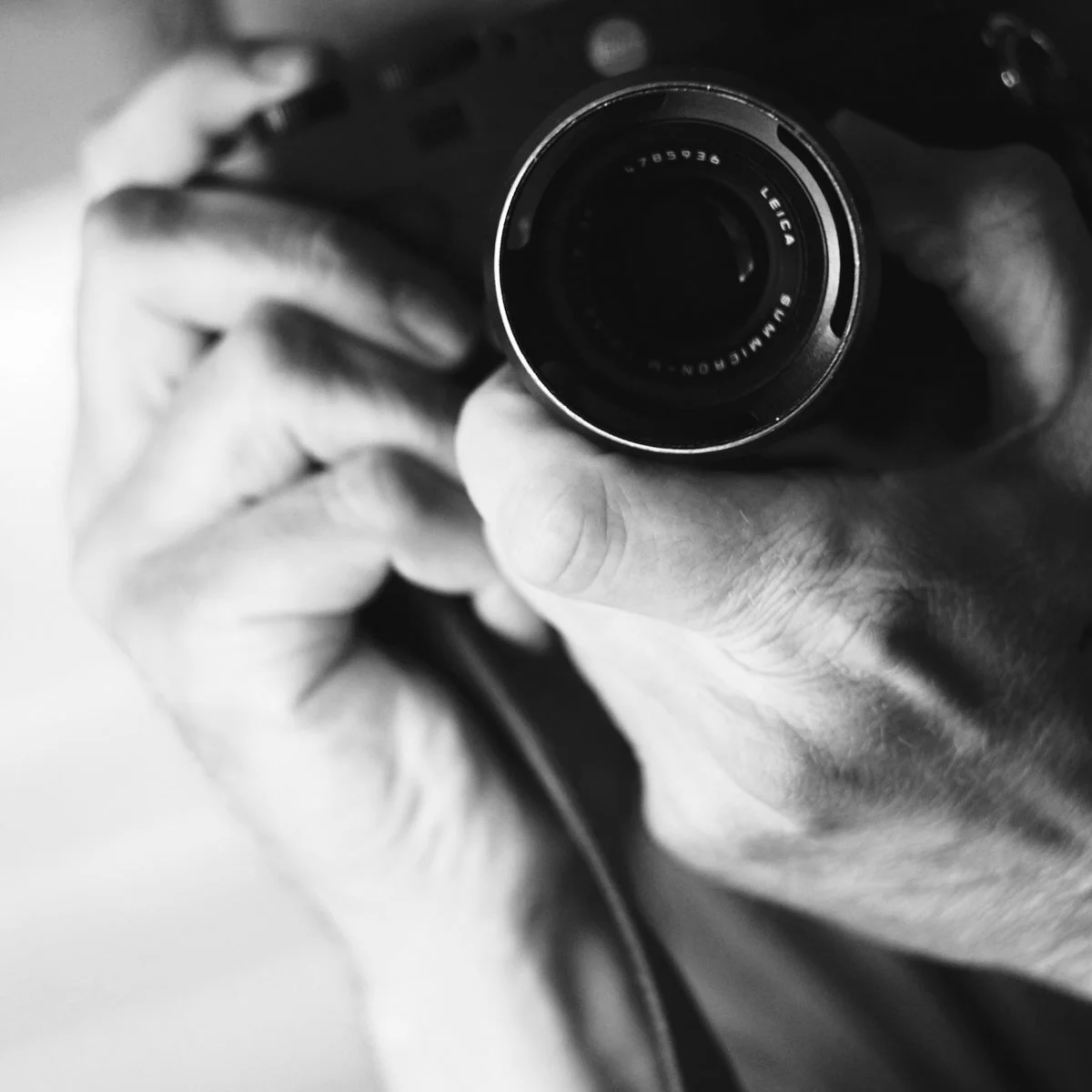
EDITORIAL
On Reading and Interpretation
I admit to being naïve regarding art; my profession deals with ideas too but articulated through a different kind of language, and this language is always a signifier of a signifier, but never a signified. Thus, I’ve always subscribed to the notion that every language, including that of science, is metaphoric, and consequently, truth is invented rather than discovered. The language of painting, too, is a metaphor for certain referents, but a painter can invent without having ever seen the referent, and the same can be said about a sculptor. Literature’s referent, for the most part, is fictional and highly coded. In the language of photography, however, despite manipulations, there is a referent that existed when it was photographed. Here there’s a superimposition of reality and of the past. Consequently, the referent is the very essence, the noeme of photography. Unlike other artistic languages, photography (unless manipulated) does not invent anything, it authenticates. The artifices, the manipulations that allow, are not probative. What does a photograph then represent? This may be open to interpretation, but the power of authentication in photography goes beyond the power of representation.
My work on philosophy to shed light on literature has tinted my understanding of photography. But going back to Barthes and Sontag has opened my eyes to the understanding that I cannot read a photograph the way I read a poem because all it tells me is that something has been, and despite the codes in the image’s stadium, the photograph is without culture, it is objective and truthful. But it is a flat truth, a two-dimensional, non-synchronic truth, thus not absolute. As Roland Barthes proposes, in photography, the presence of a thing, a noeme, is never metaphoric, and it is captured in a certain pose forever; thus, in the photograph, the noeme is assumed dead. And it is immortalized as such.
When this dead noeme is animated and becomes a film, it deteriorates and is presented alive forever (unless we take photographs of cadavers). It invents a false sense of reality and thus is often perceived as having a higher place than the photograph.
I am not suggesting that a photograph cannot be interpreted as other texts; the stadium of the image may be purposely coded, and the punctum may be what causes me to react to the photograph and interpret it, but this punctum is also TIME, and the photograph becomes a pure representation of time and no longer a form of intensity. As such, the punctum in a photograph may bring memories of the past and cultural references, but once this memory is back, it is no longer a memory. Linguistically, if I must refer to memory, I will say it is characterized by the perfect tense, while the photograph’s tense is the aorist.
Photography, as art, has been facing challenges. It is being commodified and reduced to something ‘Instagramable’. The democratization of photography has led to a world where everyone is a photographer. As Barthes observed, we now consume images more than ideas and beliefs. This shift, while liberating, also carries a risk of diluting our authenticity.
I dedicate this issue of The Pasticheur to photography and poetry. It is an honor to showcase the work of Stefanie Schneider, Martin Stranka, Richard Brocken, John Free, Utz Rachowski, and Astrid Cabral.
Jorge R. G. Sagastume, Editor
This Issue’s Artists






